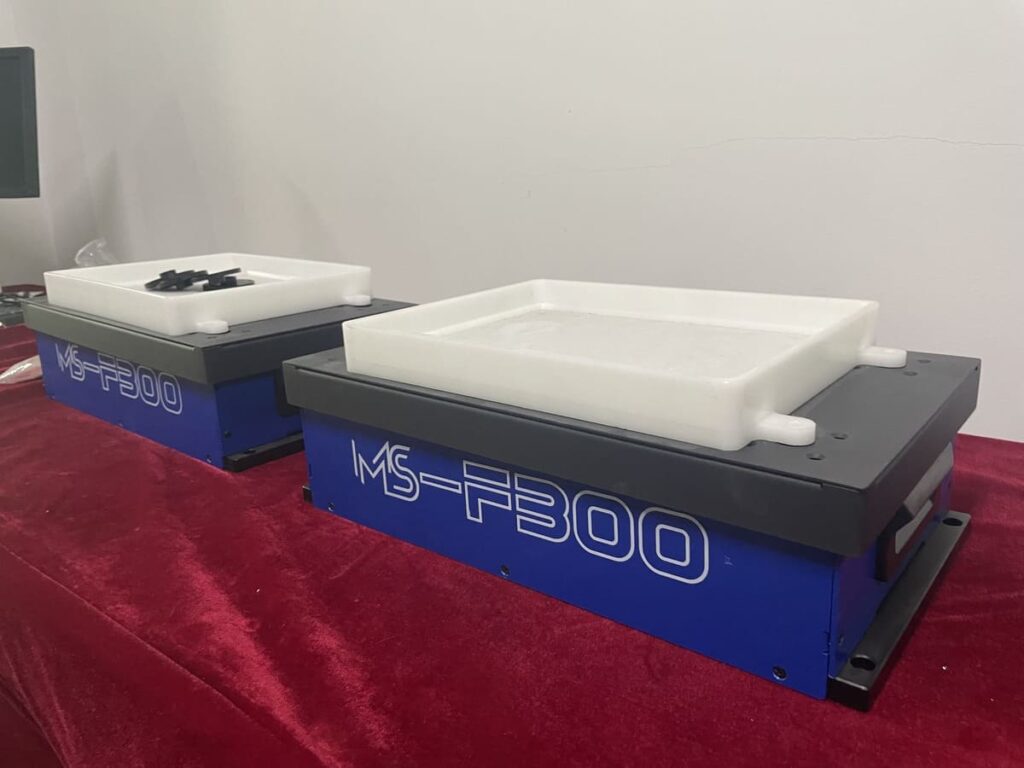Industrial feeding systems are crucial for maintaining the efficiency and productivity of modern manufacturing processes. They provide a consistent supply of materials to production lines, reducing downtime and maximizing throughput.

However, to achieve this, these systems must be designed to be flexible and adaptable to changing production needs. In this article, we will explore the importance of flexibility in industrial feeding systems and how it can impact a manufacturing operation’s bottom line.
Meeting Changing Production Requirements
In modern manufacturing, production requirements can change rapidly due to market demand, seasonality, or the introduction of new product lines.
Flexibility in industrial feeding systems allows manufacturers to adjust the amount and type of materials delivered to production lines quickly.

This ability to adapt to changing requirements ensures that the manufacturing process remains efficient and productive, regardless of changing market conditions.
Reduced Downtime and Maintenance Costs
A rigid feeding system that cannot adapt to changes in production requirements will result in downtime as operators must manually adjust the system.

The more downtime a manufacturing operation experiences, the higher the maintenance costs will be. By contrast, a flexible feeding system can be adjusted quickly and easily, reducing downtime and maintenance costs.
Increased Production Capacity
Flexibility in industrial feeding systems can also increase production capacity by enabling manufacturers to respond quickly to spikes in demand.
If a manufacturer needs to ramp up production due to increased demand, a flexible feeding system can quickly adjust to accommodate the increased material requirements.

This means that manufacturers can take advantage of market opportunities without having to invest in additional equipment or resources.
Improved Product Quality
Flexibility in industrial feeding systems can also improve product quality. A feeding system that can adjust to changes in production requirements ensures that the correct amount and type of materials are delivered to the production line at the right time.

This reduces the likelihood of errors or inconsistencies in the manufacturing process, resulting in higher-quality products.
Cost Savings
Finally, flexibility in industrial feeding systems can result in cost savings. By reducing downtime, and maintenance costs, and improving production capacity and quality, manufacturers can save money on production costs. These savings can be passed on to customers, making products more competitive in the market.
FAQs
Q: How can manufacturers achieve flexibility in industrial feeding systems?
A: Manufacturers can achieve flexibility in industrial feeding systems by designing systems that can quickly and easily adjust to changing production requirements. This can be achieved through the use of modular components, adjustable conveyors, and advanced control systems that can adapt to changes in demand.
Q: Are flexible feeding systems more expensive than rigid systems?
A: Flexible feeding systems can be more expensive to design and implement initially, but they can provide cost savings over the long term. By reducing downtime, and maintenance costs, and improving production capacity and quality, manufacturers can save money on production costs.
Q: Can a flexible feeding system be retrofitted onto an existing manufacturing line?
A: Yes, a flexible feeding system can be retrofitted onto an existing manufacturing line. However, it may require some modifications to the existing equipment and control systems.
Q: What are some of the challenges associated with implementing a flexible feeding system?
A: Implementing a flexible feeding system can be challenging, especially if the existing manufacturing line is designed for a rigid feeding system. Manufacturers may need to invest in new equipment or modify existing equipment to accommodate the new system. Additionally, a flexible feeding system may require more sophisticated control systems, which can be more complex to implement.
Conclusion
Flexibility in industrial feeding systems is critical for modern manufacturing operations. It enables manufacturers to respond quickly to changing market conditions, reduces downtime and maintenance costs, increases production capacity and quality, and can result in cost savings.





